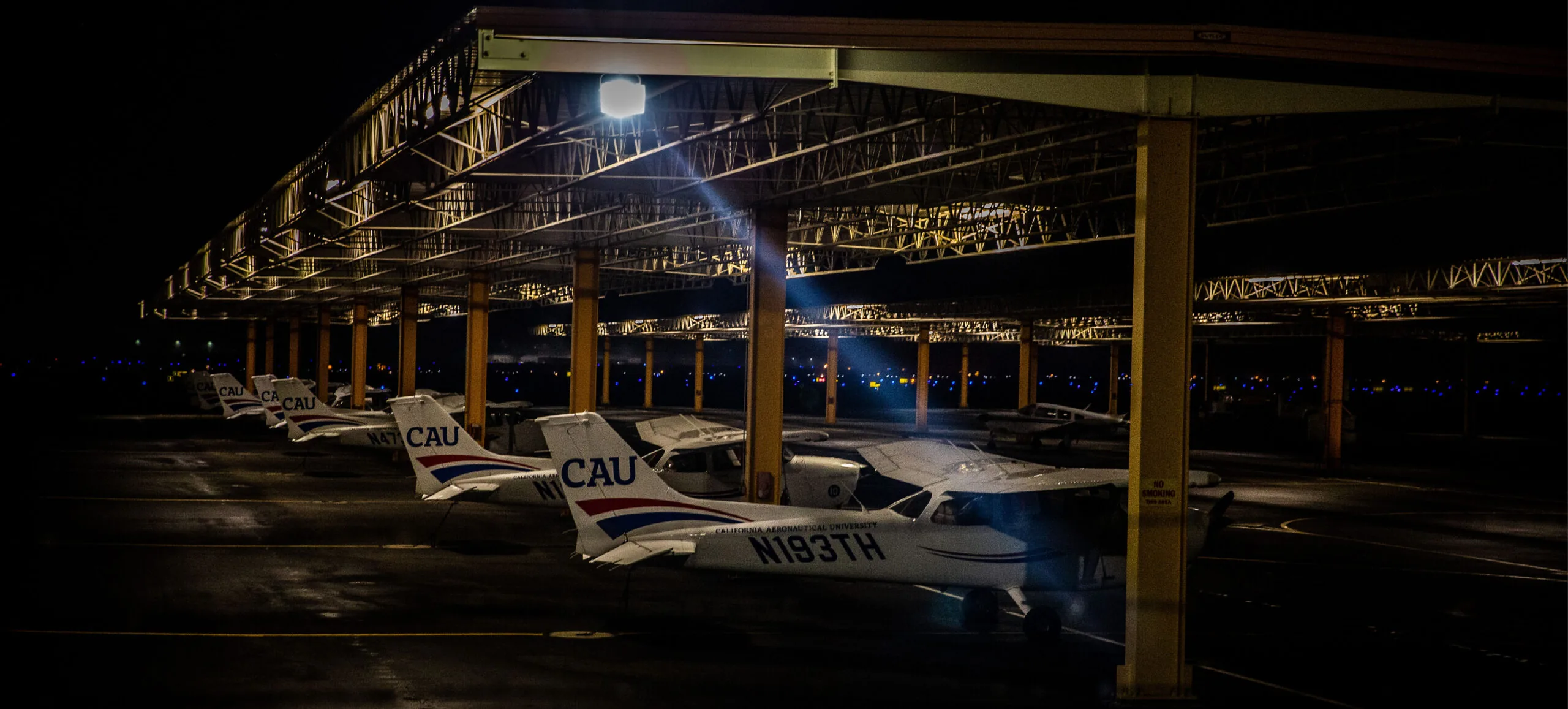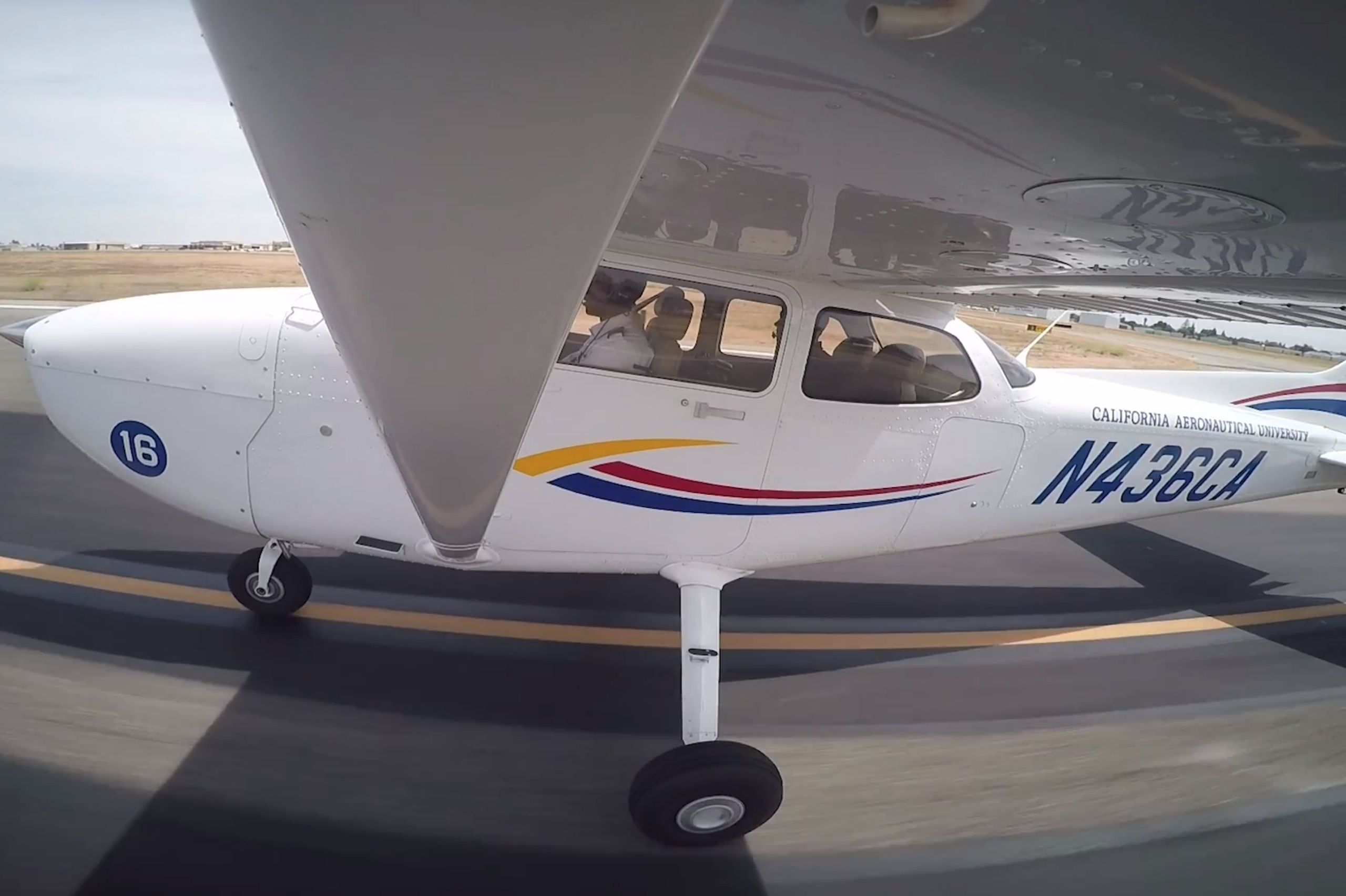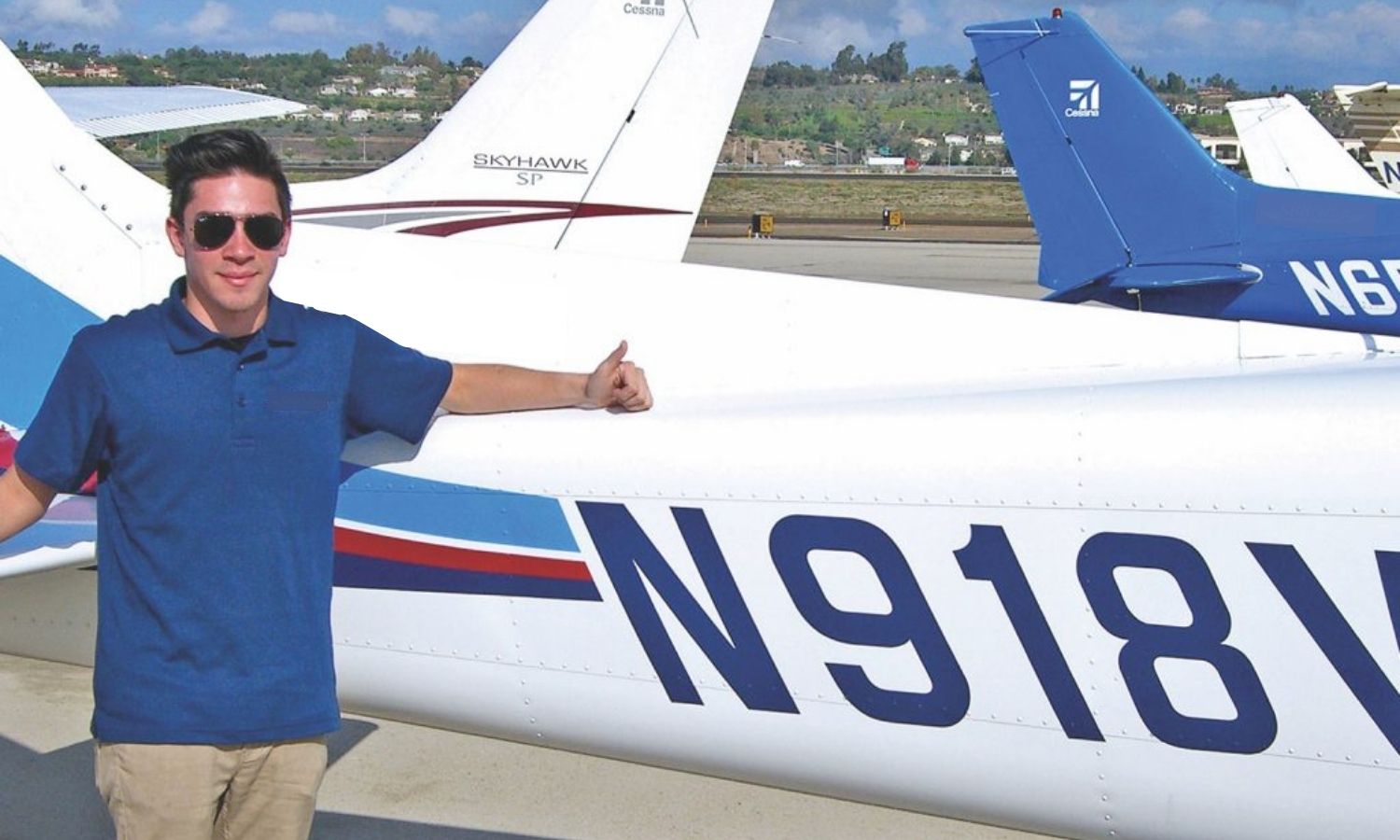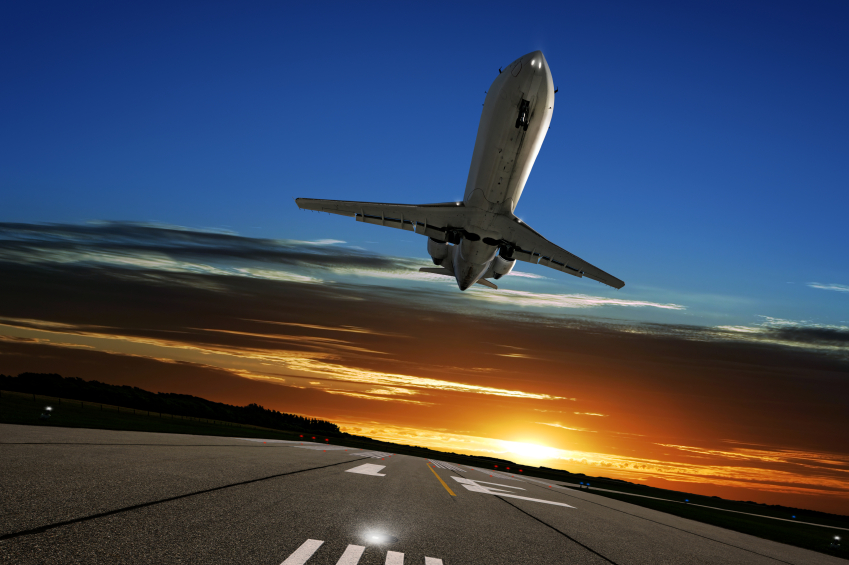Learning to fly in any geographic area holds its own benefits and challenges. Choosing the place to take your flight training means learning to turn these challenges to your advantage as a student pilot.
San Diego is an ideal place to learn to fly because not only does it present many advantages, any challenges it has to offer are to the benefit of any student pilot. While many people who are learning to fly have to scramble to meet even a few of the favorable conditions San Diego has to offer, student pilots in this area are easily situated to not only attain basic proficiency in all areas of airmanship, but are given the opportunity to sharpen skills which will help them quickly advance to more new stages.
Although it offers a long and rich history, San Diego is a modern city with an educated and interestingly diverse population. From the San Diego Air and Space Museum to day after day of clear skies, San Diego has plenty to offer both new and experienced pilots.
Stable and Favorable Weather
While pilots in other parts of the country must sometimes pause their training in severe, cold weather, that’s not a worry for student pilots in San Diego. Although the thermometer may dip, using ground deicing procedures and working with snow, slush, and extremely low temperatures is often not a concern.
In 2010, the Weather Channel named San Diego one of the top two summertime climates in the United States. It is categorized an “arid Mediterranean” climate, and the Farmer’s Almanac considers San Diego one of the country’s top ten weather areas. That means high confidence in enjoying clear skies and unlimited visibility throughout most of the year, even if other parts of the country might be facing a polar vortex, hurricanes, or extreme heat.
San Diego enjoys average highs of about sixty-five degrees in the winter and early spring months—from December through April—and low seventies in May and June. By July, the temperature is usually around seventy-five degrees, where it stays until mid-October. Fall usually hovers in the low seventies and high sixties.
As in most of the country, San Diego does experience precipitation in the early spring, particularly in late January, February, and March, but as pilots do need to learn to navigate cloud cover and wet runways, rain in the forecast is a benefit to student pilots, especially those who wish to rehearse natural IFR conditions. Once summer comes to San Diego, the area can go from June to September with very little or no precipitation. Such stability is a major plus when it comes to scheduling lessons or test flights.
Proximity to Variety of Terrain
San Diego is located on the coast of Southern California and is adjacent to Mexico to the south. To the north is Los Angeles. Its closest neighboring state is Arizona, although its closest city, Yuma, is a fairly significant drive. This location, about 823 feet above sea level, grants student pilots the opportunity to fly in the kind of average altitude in which most of the United States is located.
Although San Diego is situated on the shore of the Pacific Ocean, it is also close to mountainous terrain. The Laguna Mountains and a few smaller peaks near the downtown area offer several opportunities to practice flying where high hills and mountains are present. Although these peaks are smaller than those found in the Rocky Mountains, it is a bonus for any student pilot to learn early how to handle the tricky air gusts and quickly changeable weather conditions found in mountainous terrain. Of course, if a student pilot wishes to practice in the actual Rockies, they are a relatively short flight away. A flight from San Diego to certain Colorado ranges, for example, can take about ninety minutes.
Working with cloud cover, downdrafts, quickly changeable weather conditions, different fuel mixtures, ridge approaches, and weight and balance considerations are all part of learning to fly in areas with hills and mountains. Learning to fly with confidence in such situations will make you a better and safe pilot.
Working With Several Airports
Second, only to Los Angeles, San Diego is one of the largest cities in the massive state of California. And where there are people, there are airports.
San Diego’s strong military and biotechnology economies make for busy airways. While flying with so much traffic can seem daunting to new pilots, the good news is that you will become more proficient more quickly than a pilot who has little company with which to contend. This offers practice both in working with Air Traffic Control as well as other aircraft, including gliders.
The San Diego area is home to fourteen public and general aviation airports, which offers a student pilot plenty of opportunities to work with all kinds of traffic patterns. Some of these fields are significant; one is the bustling San Diego International Airport; others aren’t even large enough to warrant a tower. All of these provide different conditions in which to become proficient. If you would like to experience even more traffic than San Diego International airport does, LAX is a good option. San Diego also houses five military bases, all of which see an interesting variety of traffic.
Availability of Mentors
San Diego is home to bases for the Navy, Marines, and U.S. Coast Guard. Sometimes these facilities will host the public to learn about their military aircraft, including the opportunity to speak with pilots. In fact, the aircraft carrier Theodore Roosevelt recently moved its base from Norfolk, VA, to San Diego.
The potential to learn from your surroundings is virtually limitless.In addition , some veterans enjoyed their serving time in San Diego so much that they decided to stay, and are happy to speak with student pilots as they begin their flying adventures. Contacting veterans’organizations are a good way to potentially get in touch with a mentor who has a wealth of experience to share.
Check out the CAU flight center in San Diego if you are considering learning to fly in the San Diego area.
Ready to soar in your aviation career?
Mr. Matthew A. Johnston has over 23 years of experience serving various roles in education and is currently serving as the President of California Aeronautical University. He maintains memberships and is a supporting participant with several aviation promoting and advocacy associations including University Aviation Association (UAA), Regional Airline Association (RAA), AOPA, NBAA, and EAA with the Young Eagles program. He is proud of his collaboration with airlines, aviation businesses and individual aviation professionals who are working with him to develop California Aeronautical University as a leader in educating aviation professionals.










